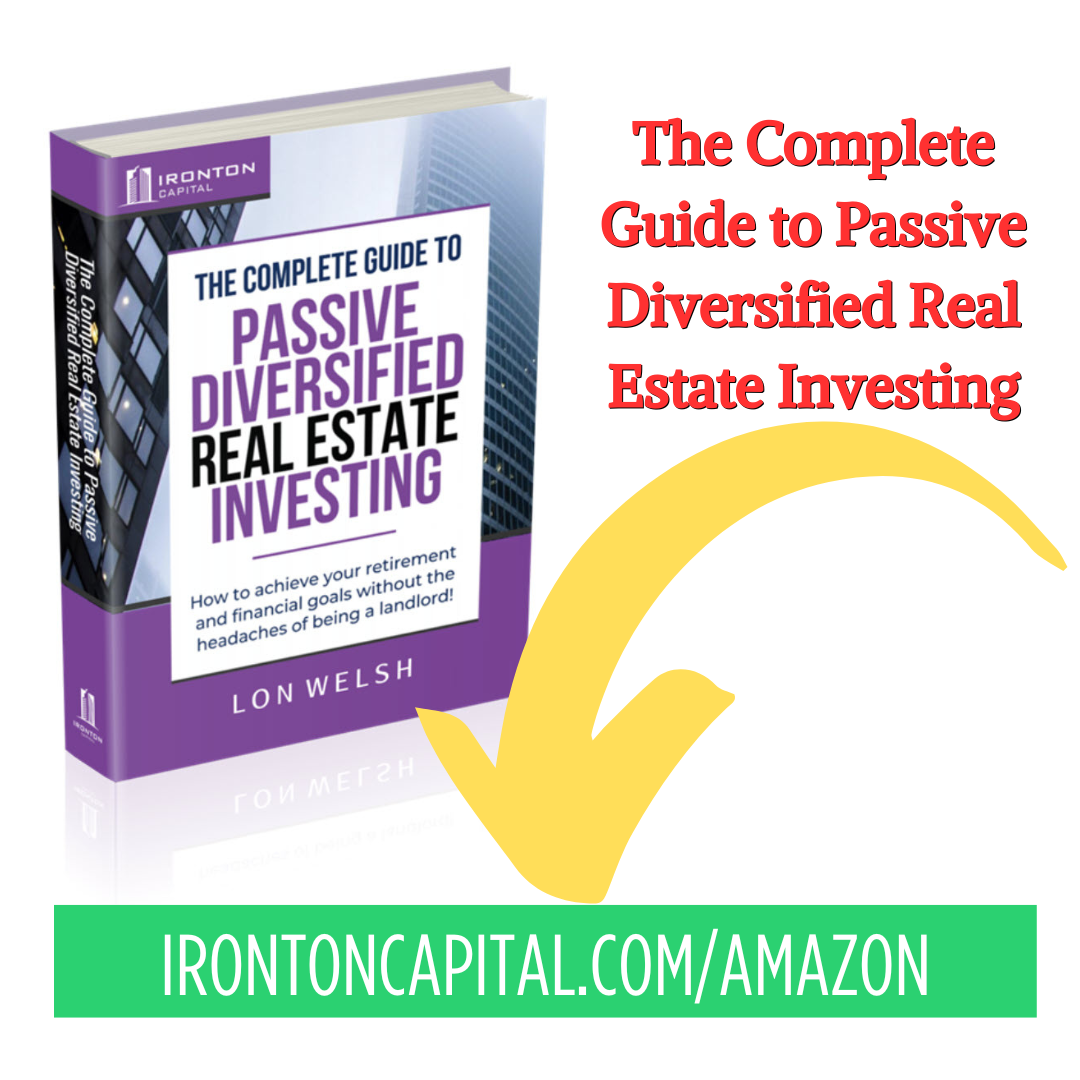Before I went to passive investing, I mostly had residential rentals and some office buildings. My portfolio was concentrated in Denver and in Colorado Springs, and almost all my projects were in the Value-Add strategy. What I discovered from my mistakes are the four strategic areas of diversification that must be in every fund:
– Geography. Currently, 85%+ of the projects we invest in are outside of Colorado, in 15+ different states. While I live in and love Colorado, there are other great spots in the US for real estate investments and we have specific parameters to determine prime investment territory.
– Asset Class. Currently, about 35-40% of our projects are outside of the residential asset class. We’re invested in warehouses, self-storage, student housing, hospitality, etc. These are asset types I would not feel comfortable being responsible to manage myself as an active investor.
– Strategy. Currently, about half of our projects are new construction. Since I didn’t enjoy being a builder, this brings a strategy diversification I was not comfortable doing on my own, but I can access and enjoy as a passive investor.
– Sponsor. Now I’m no longer the sole Sponsor/project manager of each project, with all the nitty gritty details, contractors, teams, accounting, etc. which that entails.
In other posts, we will unpack each of these in depth with our specific parameters for each of the 4 Pillars, and how we’ve made the extensive due diligence process passive for our investors, too. But first, a common question…
Why haven’t I heard about this before?
At least weekly, I’ll talk to an investor that will say something like “I have an MBA with a Finance concentration, why didn’t I learn this then?”
First, what I learned in over 20 years of being an active investor and real estate developer taught me what to look for – and what questions to ask – of the passive investment Sponsors.
Our team feels like we’re finally putting our experience to work for us, putting our money to work smarter instead of harder, but we didn’t get there overnight. We had to put in our time as active investors first to understand the critical strategies and the exhaustive due diligence that helps us craft well-diversified opportunities.
Second, there has been a change in legislation which puts these investment grade deals more in the reach of accredited investors.
The Securities and Exchange Commission (SEC) introduced Rule 506(c) on July 10, 2013, as part of the Jumpstart Our Business Startups (JOBS) Act. The rule allows companies to promote their investments under certain conditions, such as advertising, and allows accredited investors only to participate.
The previous version of Rule 506 allowed private companies to sell equity directly to the public, but it didn’t allow for broad promotion. The JOBS Act mandated certain changes to Rule 506 of SEC Regulation D to spur capital formation for growing innovators.
Rule 506(c) allows issuers to issue an unlimited number of securities, and to broadly solicit and advertise an offering, provided that all purchasers in the offering are accredited investors. The issuer must also take reasonable steps to verify purchasers’ accredited investor status, and certain other conditions in Regulation D are satisfied.
The new law also enabled the ability for General Partners (GPs) of real estate investments to raise money from Limited Partners (LPs), but it took several years for the new idea to catch on.
Is it really easier to invest in passive projects?
The ongoing daily work is immeasurably easier! However, the up-front due diligence work is about the same, or slightly more difficult. First, it is important to only partner with local Sponsors with deep expertise. They must be thoroughly vetted out to ensure they have the experience to run the projects profitably to completion.
For example, one Sponsor we’ve invested with ONLY does multifamily, heavy value-add of 1970’s and 1980’s properties, and only in Texas, Alabama, Georgia, and Florida. The first project we invested with them was their 55th project, and their 25th specifically in FL. We still went to physically visit the property to understand it completely. We went through the spreadsheeting in detail and checked the financial models. And we spend a lot of time getting to know the Sponsors while we’re on site, in person. We’re trading more work up-front for less work managing the project.
Of course, in retrospect, knowing what I know now, I could have done it better and faster. That’s why I’m sharing what we’ve learned with you!
Overall, I’ve met some amazing people, really improved a lot of properties, and made some great returns along the way. My wife retired early last year, but I love what I do too much to retire. It’s nice to have the time and ability to choose, and not have my finances force the decision on me.
Click below to dive deep into each of the 4 Pillars of Passive Real Estate Investing and if you are ready for passive, diversified investing…without the headaches, book your 15min investment review at https://irontoncapital.com/myreview to see if we can help you go passive.

